Draping: Techniques, Types and Importance
16/03/2024 2024-03-16 11:59Draping: Techniques, Types and Importance
Draping: Techniques, Types and Importance
Source: Academic Accelerator
Draping – Age Old Garment Making Technique
Draping is a captivating technique in the fashion industry that involves the manipulation of fabric directly onto a dress form or model to create a garment’s structure. It’s a hands-on approach that allows designers to visualize and craft garments directly in a three-dimensional form.
Fashion draping is considered one of the oldest methods used since the 18th century. Currently, it is considered to be an important aspect of the process of fashion design. This process consists of positioning and pinning fabric on a standard-size dress form to develop the structure of a garment design. Many types and sizes of dress forms are designed for women, men, and children to fulfill the requirement by using the draping method. A garment can be draped using a design sketch as a support or a fashion designer can play with different kinds of fabric and the way it falls to create new designs at the start of the dress design process.
For draping in today’s date very lightweight fabric is used, known as Muslin Cloth.
History of Draping:
Draping is a most ancient and popular form of clothing. It is found that many visual arts of the Romans and Indian sculptures, terracottas, cave paintings, and wood carvings, present men and women wearing the same (unstitched) clothes with the help of various wrapping and draping styles. Uttariya and Antariya are a few prominent clothing items of draped garments from the Vedic period. Kasaya, another rectangular piece of the Buddhist robe, is a real example of a draped garment from the ancient period. Further evolved forms of draped garments are Sari, Odhni, etc.
More examples of draped clothing from ancient periods are:
- Stolas: is a long full robe with or without sleeves and drawn in with a belt; which was worn by Roman women, corresponding to the toga, that was worn by men. They are usually woolen.
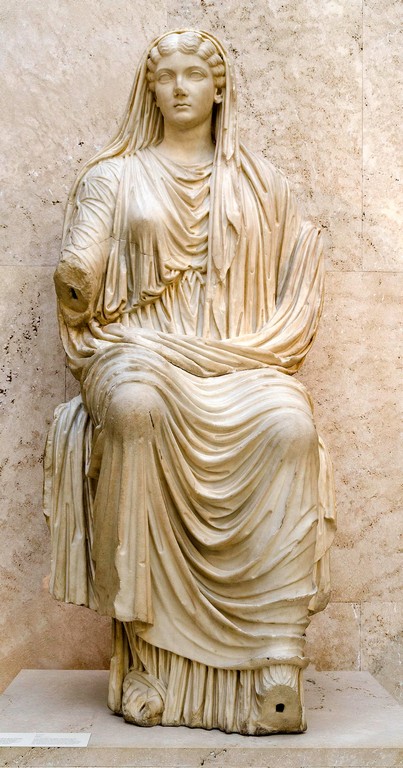
Source: Wikipedia
- Peplos: long draped garments worn by women of Ancient Greece, often open on one side, with a deep fold at the top, and fastened on both shoulders.
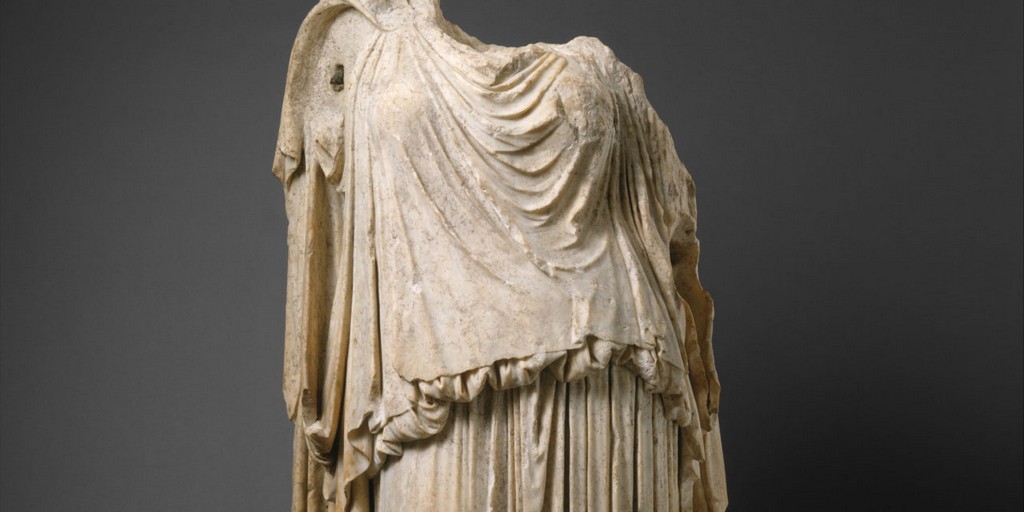
- Togas: a very long length of woolen fabric that Romans wrapped around themselves, draping it over the left shoulder and arm and leaving the right arm free.
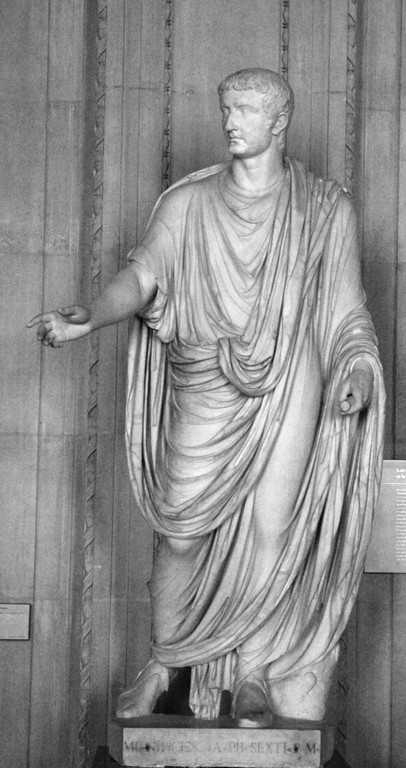
Source: Wikipedia
Fashion Draping Types:
Bias Draping: Embracing Fluidity
- Bias draping involves cutting and manipulating fabric on the bias, allowing for a more fluid and body-hugging fit.
- Diane von Fürstenberg, known for her iconic wrap dresses, often uses bias draping to achieve a flattering silhouette.
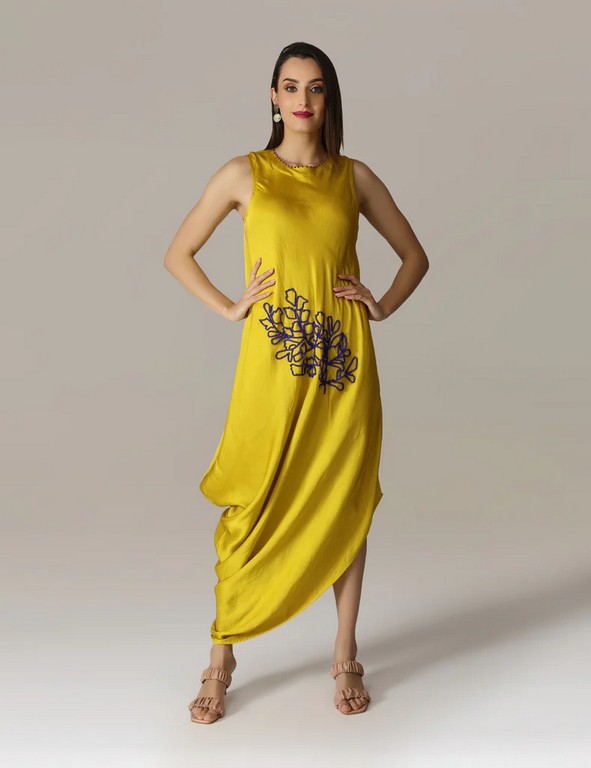
Source: Aneehka
Flat Pattern Draping: Precision in Design
- The method of flat pattern draping, is where fabric is manipulated on a flat surface before being transferred to a form.
- Designers like Coco Chanel revolutionized fashion with her use of flat pattern draping to create comfortable yet elegant designs.
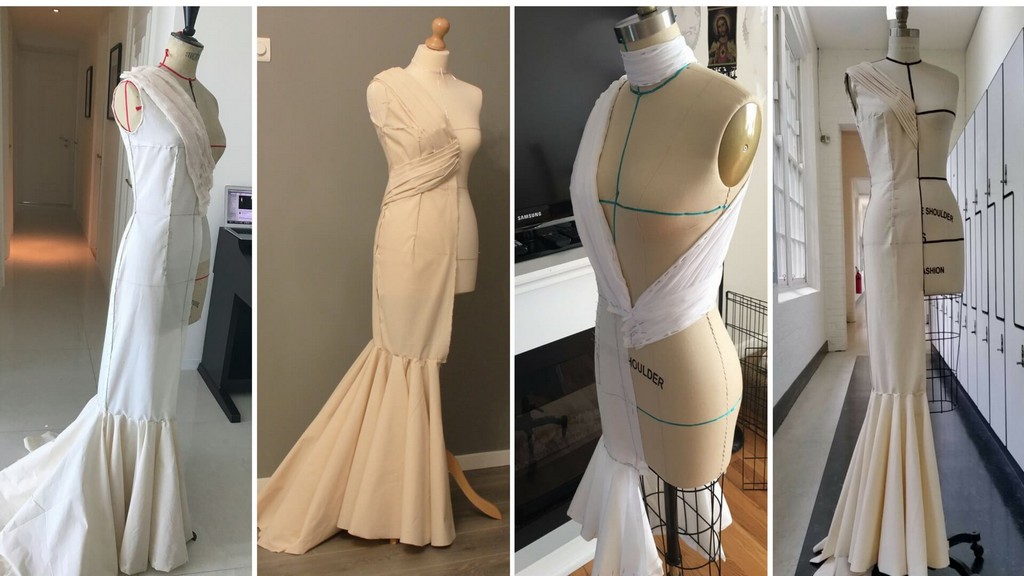
Source: ModaHow
Couture Draping: Artistry at Its Peak
- Delve into the intricate world of couture draping, where highly skilled artisans create one-of-a-kind pieces.
- Legendary designers like Christian Dior, are renowned for his exquisite couture creations that often involve intricate draping techniques.
Fashion Draping Techniques:
- Pinning and Tucking: Crafting Precision
- The fundamental techniques of pinning and tucking, allow designers to shape fabric seamlessly.
- Modern designers incorporate these techniques into their collections for a tailored look.
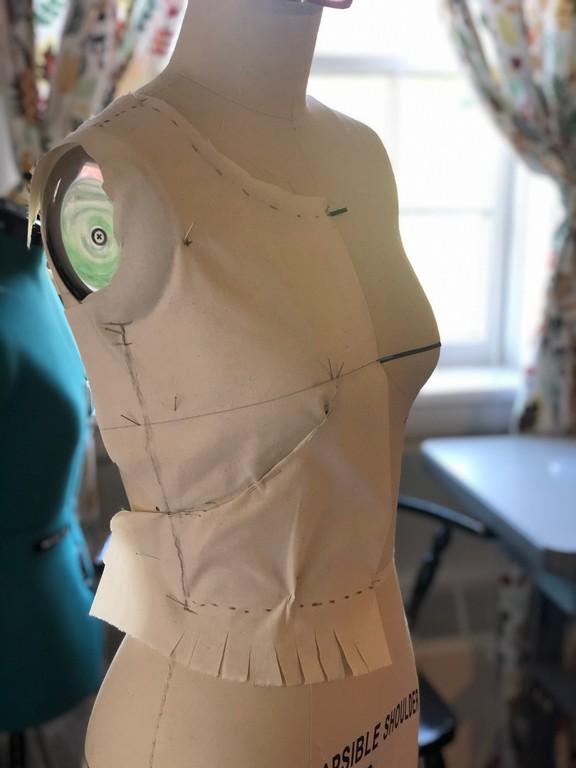
Source: Sally Pollard
- Folding and Layering: Adding Dimension
- Folding and layering fabric during the draping process add dimension and texture to the final garment.
- Contemporary designers experiment with these techniques to create visually stunning pieces.
Importance of Draping in Fashion
- Creativity Unleashed: Beyond Sketches
- Draping allows designers to move beyond traditional sketches, giving them the freedom to experiment and innovate.
- This hands-on approach can lead to more creative and unique fashion statements.
- Perfect Fit: Tailoring for Every Body
- Significance of draping in achieving the perfect fit for different body types.
- Designers who prioritize draping contribute to a more inclusive and diverse fashion landscape.
Designer Spotlight: Influencers of Draping
Vivienne Westwood: Anarchy and Elegance
- Vivienne Westwood’s punk-inspired designs often involve unconventional draping techniques.
- Her approach challenges traditional norms in fashion
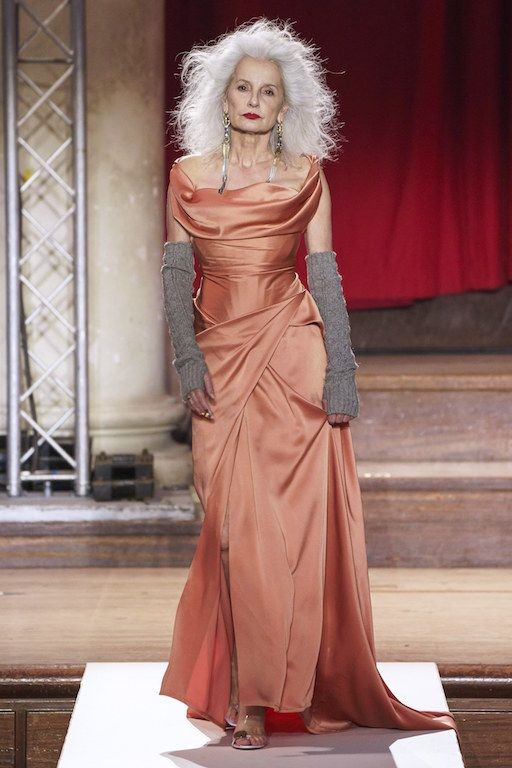 Issey Miyake: Technology Meets Tradition
Issey Miyake: Technology Meets Tradition- Issey Miyake’s innovative use of technology in draping creates garments that blend traditional craftsmanship with modern aesthetics
- Fusion of technology and tradition in fashion. .
Source: CNN
Conclusion: Draping as an Art Form
Draping is considered an important process, as it helps fashion designers play with fabric, to apply their creativity to see where darts, tucks, and other design elements fit better and how they behave on the body. In modern days, most women prefer to wear draped-style garments. Fashion draping is mostly used in theatrical costumes, movies, etc. Most of the time evening wear, stage wear, and party wear garments are made by the fashion technocrats using draping techniques. A designer can do various designs and variations by this method and can create new innovative designs with the fabric falls to start a garment manufacturing process. Many fashion institutes in the world are emphasizing this technique, owing to its popularity and trend in the future. Among such institutes is the JD Institute of Designing where all the possibilities of learning such techniques can happen and you are just a click away from all of that experience. So don’t hold back anymore, just click on the link www.jdinstitute.edu.in and enroll yourself for a creative future.













